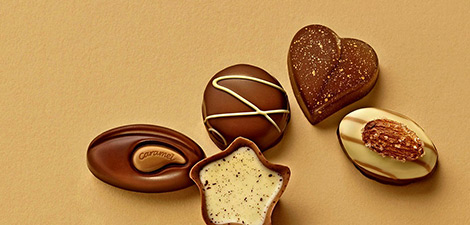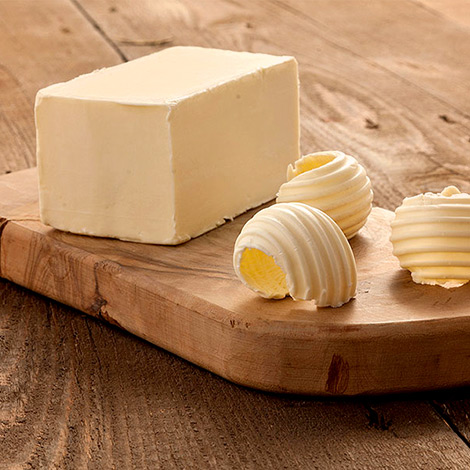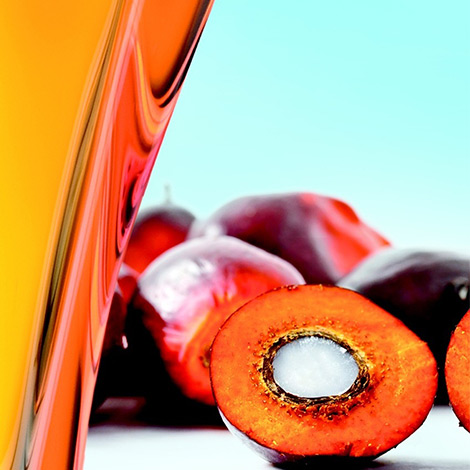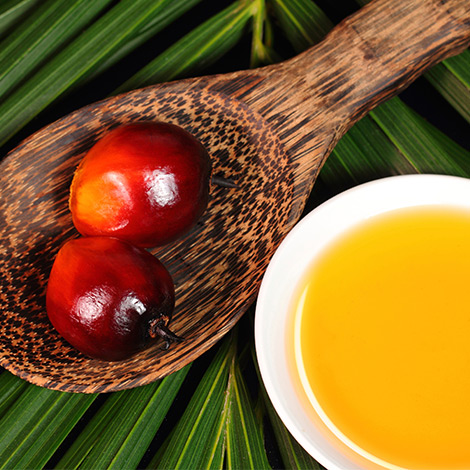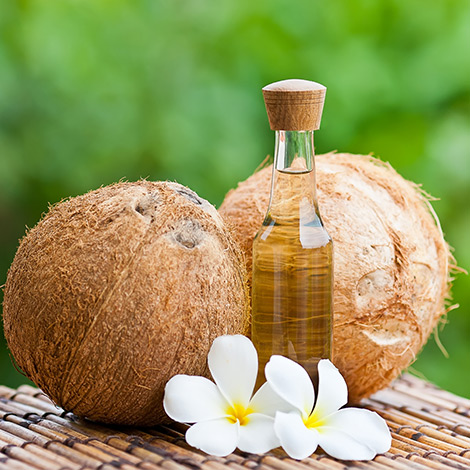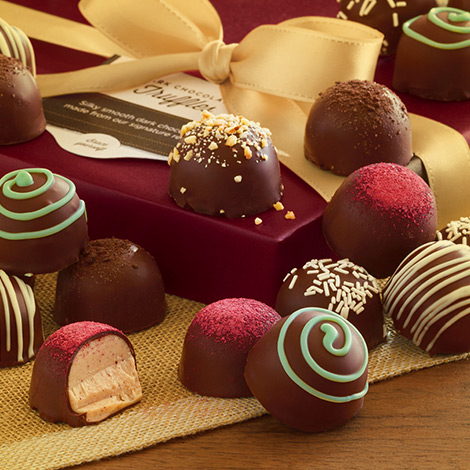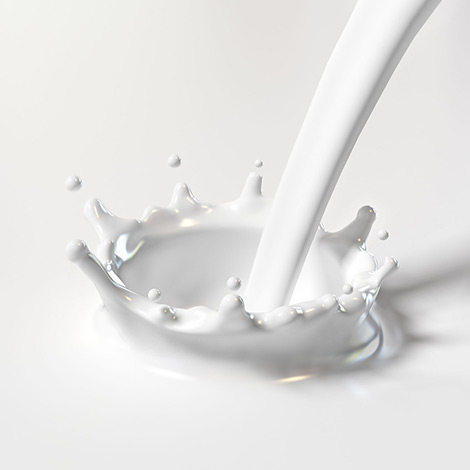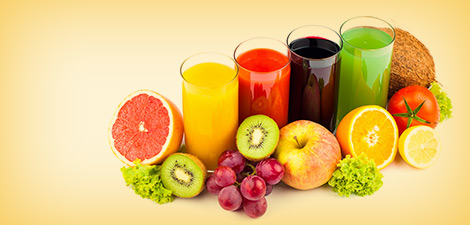CONFECTIONERY INDUSTRY
Thanks to special tastes and high energy value, confectionery is justly one of the most popular and demanded among products of the food industry around the world.The assortment of confectionery is very wide, there are over 2 thousand different types and grades of production. Confectionery products are classified by two basic groups:
• sugarу, presented by caramel, candies, chocolate, cocoa powder, toffee, dragee, halvah, fruit jelly;
• pastries, among which are cookies, muffins, tarts, crackers, gingerbreads, rolls, wafers, cakes.
This branch continues to develop and please us with new enchanting tastes!
DAIRY INDUSTRY
The dairy industry in Russia is presented by the widest range of the big and small enterprises which are engaged in manufacturing of food, technical and medical products. The food dairy industry is engaged in production of animal oil, whole-milk products, milk canned food, powdered milk, cheese, sheep cheese, ice cream, casein and other dairy products.Modern dairy combines and plants constantly expand a line of products, even more often new compositions and raw materials appear.
BUTTER
Butter has ancient history: for the first time butter was obtained in India about 3000 years ago. But Italians became the first developers of an industrial way of butter production.They at the beginning of the 19th century started the first mechanical units by means of which the high-fat product which became a butter prototype in its modern conception was made.In the middle of the 19th century butter was successfully made in Russia as well. It was churned from fresh or the sour cream, and the Vologda butter by right became pride of domestic butter manufactures. Quality of the product can`t depend on one parameter only. In the course of butter production everything is important: both quality of raw materials, and way of production, and strict observance of the technological process.Each of these factors substantially defines qualitative characteristics of ready-made butter.Production of butter is a difficult multistage technological process, which ultimate goal is concentration and extraction of milk fat. On industrial scale butter is made in two ways: mechanical churning of cream with fat content of 35-40% or transformation of high-fat cream with fat content of 70-85%. The color of butter is homogeneous from white to yellow.
Application:
• dairy industry
• confectionery industry
• ice-cream industry
• bakery industry
• fat and oil industry and combined oils manufacturing
• processed cheese
• glazed cheese curd
• meat industry
• fish industry
• рыбная промышленность
PALM OIL
Palm-oil occupies one of the major places in the world market of vegetable oils. The main producers of one of the most popular tropical oils are such countries as Malaysia and Indonesia. Oil is obtained from a juicy pericarp of fruit of a hybrid of a palm tree which contains to 50% of oil. Oil is extracted by an extraction method with further refining, bleaching and deodorizing. At the end of the processing solid vegetable fat of a homogeneous consistence turns out. It is plastic, pale yellow color with neutral taste. Standard temperature of melting of palm-oil is 36-39 °C. Palm-oil is a natural source of vitamin E and its components (tokopherols and tokotrienols) which work as antioxidants, have high antioxygenic properties, extend the products` shelf live, prevent racidification of fat and changing of its physical and chemical properties. Palm-oil is a unique source of natural solid fats with high rates of product safety and keeps the characteristics even in warm climate. Using of palm oil prolongs the shelf life of the product considerably.
Application:
• cosmetics industry
• confectionery industry (all kinds of cookies, gingerbreads, sponge cakes, wafers, creamy layers, fillings for candies)
• bakery industry
• manufacturing of spreds, confectionery and cooking fats, creams, margarines
• dairy industry
• is used for roasting of instant food
PALM OLEIN
Palm olein is a fraction of refined deodorized palm oil with high content of unsaturated fatty acids. It is used as fat for frying, in production of combined oil for plasticity improvement, in confectionery and bakery industries as an additive to dough. Melting temperature is 20-24 °С. Taste and flavor are neutral. Palm olein obtained a wide circulation as highly viable oil for frying. Because of high content of tocopherols it is more economic in use as it possesses high resistance to oxidation in comparison to rapeseed and sunflower oil. In addition to this it doesn`t tincture any tallowy flavor to the product in the process of frying.
The advantages of using palm olein in production:
• it allows to exclude the rejection of the ready product due to burnt deposit
• it allows to reduce oil consumption during the frying process
• finished product doesn’t have any foreign flavor
• it gives homogeneous bright golden color to confectionery products
• it has low degree of foaming
• it is easy to mix with any vegetable oil
Application:
• manufacturing of margarines and spreds
• it is used for continuous or dosed industrial deep frying of patties, doughnuts, nuts, snacks, chips, French fries, instant noodles and similar products
• in bakery and confectionery industry for leavening and softening effects in the products from dough
COCONUT OIL
Coconut oil is a natural product of plant origin. Coconut oil is obtained from dried fruit pulp of coconut palm which is called copra. The age of such coconuts is from 12 to 14 months. Coconut oil is obtained in two ways:
1. Cold-pressed method: desiccated coconut is covered with water with a temperature not higher than 40 degrees Celsius and left for setting-out. After a while the obtained mixture is squeezed. Thus the Best Oil is obtained. It is the most useful and expensive coconut oil of Premium quality. It is only 8-10% of the whole volume of coconut oil manufactured in the world as this method of production takes a lot of time and demands a lot of raw material.
2. Method of a hot extraction. Coconut flakes are dehydrated through the use of vacuum drying, then in the special centrifuge by means of the centrifugal force and influence of high temperature coconut oil is squeezed out of the dried-up copra. In this procedure all the useful substances, vitamins and microelements remain but the content of solid fats is considerably reduced.
Thanks to its fatty acid composition with lauric and myristic fatty acids coconut oil has hard texture, fast crystallization, good thawing in a mouth. In addition to this coconut oil gives mild pleasant flavor to the products.Coconut oil is used in manufacturing of ice-cream coating, combined dairy products, cream, bakery products and such confectionery products as caramel, toffee, cookies, sweets. Coconut oil is used for ice-cream and cheese curd coating as it has number of advantages in comparison to cocoa butter as it meets better the special requirements. First of all coconut oil has a melting point within 22-27 °C that provides melting point for ice cream glaze below 30 °C. Otherwise glaze won't melt while eating of ice cream as during eating temperature in a mouth decreases. Glaze produced on the basis of coconut oil has liquid consistence at the room temperature and almost instantly hardens at contact with ice-cream that is very important in the process of manufacturing. It also provides covering of the whole product with a thin opaque layer.Glaze turns out crackling both quickly and completely melts in the mouth. At the same time it has a rather flexible texture so it doesn`t break and exfoliate from the ice-cream during eating.
Application:
• cosmetics industry
• confectionery industry
• bakery industry
• manufacturing of spred, confectionery and cooking oil, cream, margarine
• dairy industry
• manufacturing of glaze for ice-cream
• manufacturing of glaze for cheese curds
LAURIC COCOA BUTTER SUBSTITUTE
It is completely bleached and deodorized premium fat obtained from palmkernel stearin by method of fractionation and a hydrogenation. It doesn't need tempering and it is stable at rather high temperatures. Thanks to the high content of solid fats it possesses the following qualities: convenience of removal of products from a mould, the minimum damages at removal of products from a mould, the high hardness and lack of fragility, preservation of luster in a ready-made product, excellent shrinkage and viscosity, optimum for work. It is widely used as cocoa butter substitute in chocolate production and in production of high-quality confectionery glaze for production of candies and chocolate bars. Lauric cocoa butter substitutes can be mixed with lauric based fat additives (palm kernel and coconut) in any proportions and they can be used with high quality natural and alkalized cocoa powder with fat content of 10-12% only. Lauric fats are capable to crystallize quickly, have a sharp profile of melting, don`t give tallowiness when melting.
Application:
• cosmetics industry
• for confectionery bars manufacturing
• hollow chocolate figure
• glaze for ice cream and cake cheese
MILK FAT REPLACER
Milk fat replacer has the following properties: the weight fraction of fat is not less than 99,0%, the melting point is not more than 36 ° С. It is manufactured from refined deodorized vegetable oils with or without adding of food additives. Milk fat replacer has some advantages over milk fat: it doesn`t contain any cholesterol, being vegetable oil it contains unsaturated fatty acids that are useful for human health. Consumptive qualities of the product are attractive as well: The smell is similar to butter and the consistence of the final product improves. Some properties of milk fat replacer make the final product better than when using of animal fat in its manufacturing. Thanks to milk fat replacer the cost of the products reduces that makes the products more accessible to the consumers. Moreover it is necessary to exclude milk from the final products for people with some health problems, for example lactose intolerance or diabetes. It is useful to exclude saturated fats from the products for people suffering from hypertension.
Application:
• manufacturing of ice-cream with vegetable fat
• manufacturing of sour cream, curd, cheese and processed cheese manufacturing
• spreds
• dairy products including sweetened condensed milk
• toffee, pastes, filling for candies
COCOA BUTTER EQUIVALENTS
Cocoa butter equivalents
Necessity to create cocoa butter replacers is caused by the fact that natural cocoa butter is very expensive and its properties are not stable that change a lot depending on cocoa beans grade. Cocoa butter replacer can be divided into three groups of products: cocoa butter equivalent (CBE), cocoa butter replacer (CBR) and cocoa butter substitute (CBS).
Equivalents of cocoa butter (CBE) are included into the group of products which have the general name "Alternatives of Cocoa butter". The advantage of equivalents of cocoa butter is the structure of triglyceride that is similar to natural fat. It allows to mix cocoa butter with CBE in all proportions and to replace with it to 50 percent of natural fat in chocolate bars, glaze, a praline, candies.
Equivalents of cocoa butter are made from fractioned palm-oil, and also oils of such exotic plants as shea nuts and Bessey Cherry, mango, shea butter tree and illipe. Use of cocoa butter equivalents allows not only to reduce the cost of chocolate products but also to stabilize chocolate made from cocoa beans. Cocoa butter equivalents allow to produce a product with all properties of natural cocoa butter but less expensive because of partial replacement of cocoa butter with the equivalents.
The product which is made by mixing of cocoa butter equivalent in quantity to 5% with natural cocoa butter, legally recognized as chocolate.
Application:
• in chocolate production
• in glaze manufacturing
• in praline manufacturing
JUICE AND BEVERAGE MANUFACTURING
Современная российская соковая промышленность в настоящее время базируется в основном на импортном сырье и выпускает восстановленные соки и нектары, доля которых на российском соковом рынке составляет более 80%. Такие соки и нектары изготавливаются из концентрированного сока путем восстановления в нем доли воды до уровня растворимых сухих веществ, предусмотренных нормативными документами.
На мировом соковом рынке различают несколько категорий соков, а именно:
• свежевыжатые соки
• соки прямого отжима
• соки концентрированные
• соки восстановленные (изготовленные из концентрированного сока)
От ингредиентов, используемых при изготовлении соков и напитков, зависит не только внешний вид и аромат конечного продукта, не только срок его хранения и экономичность производства, но и польза для потребителя. Поэтому важно использовать высококачественное проверенное сырье, отвечающее всем современным стандартам безопасности.
LIST OF GOODS
Oils and Fats
• Coconut oil (Malaysia, Indonesia)
• Palm oil (Malaysia, Indonesia)
• Lauric cocoa butter substitute (Malaysia, Indonesia)
• Palm Olein (Malaysia, Indonesia)
Write to us!
We would like to know what you think about it :)

